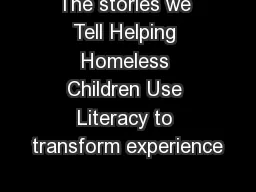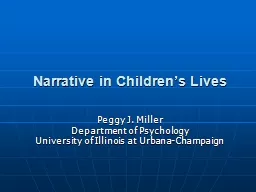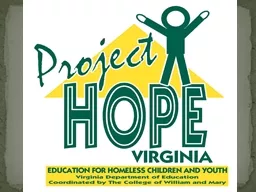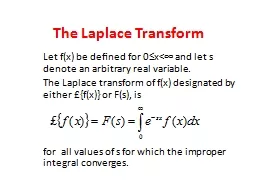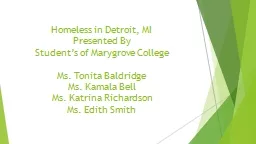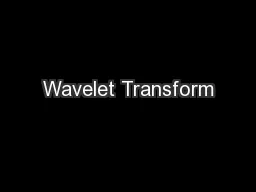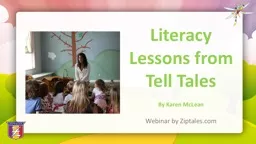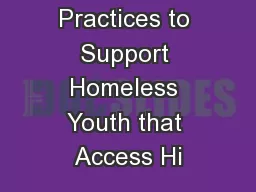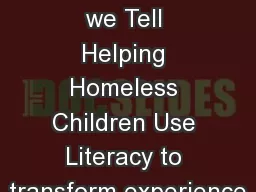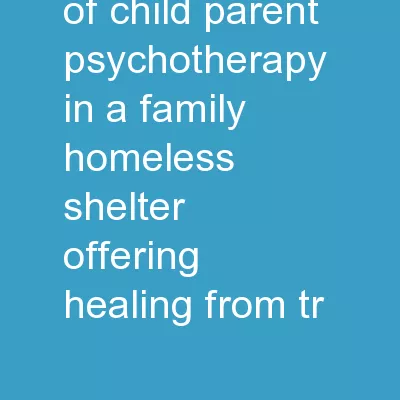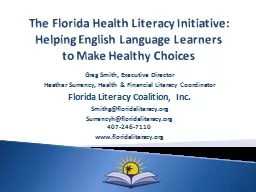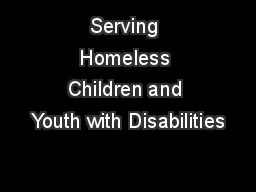PPT-The stories we Tell Helping Homeless Children Use Literacy to transform experience
Author : phoebe-click | Published Date : 2018-12-04
Abigail Wengerd LPC MS Ed NCC amp Laura Wengerd MEd Think about a story that impacted you What was it about the story that drew you in Why did this particular story
Presentation Embed Code
Download Presentation
Download Presentation The PPT/PDF document "The stories we Tell Helping Homeless Chi..." is the property of its rightful owner. Permission is granted to download and print the materials on this website for personal, non-commercial use only, and to display it on your personal computer provided you do not modify the materials and that you retain all copyright notices contained in the materials. By downloading content from our website, you accept the terms of this agreement.
The stories we Tell Helping Homeless Children Use Literacy to transform experience: Transcript
Download Rules Of Document
"The stories we Tell Helping Homeless Children Use Literacy to transform experience"The content belongs to its owner. You may download and print it for personal use, without modification, and keep all copyright notices. By downloading, you agree to these terms.
Related Documents

